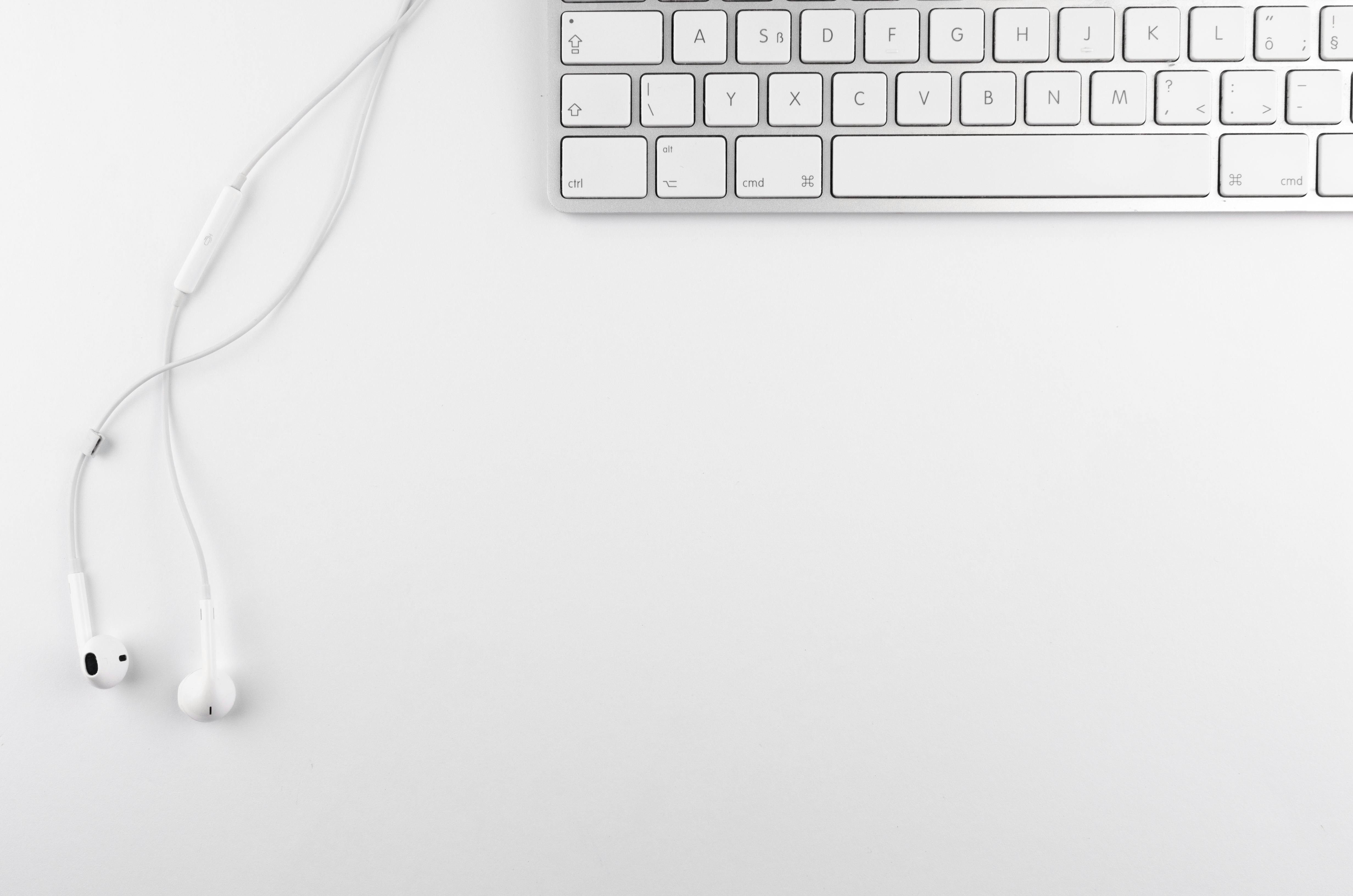A measure is written at the beginning of the piano score. It tells you how many beats are in a bar and what the beat value is. It is the set of instructions on how to play the rhythm.
The piano sheet music is written on 2 staves: a series of 5 parallel lines on which the musical notes are written. At the beginning of each staff you will see 2 numbers, written one on top of the other. This is the time signature.
The top number tells you how many beats are in a bar. The compass is the pulse of the music.
If the top number is 4, there are 4 beats in each measure. If the top number is 3, there are 3 beats in each measure.
The bottom number tells you the value of time. This is like the “currency” of music, for example. 4 dollars or 4 euros.
If the bottom number is 4, this tells you to count in quarter notes (1/4). A quarter note is a quarter note with a stem or stick on the side.
If the bottom number is 2, this tells you to count by half (1/2) notes. A half note is a hollow note with a stem or stick on the side.
The most common time signature is 4 4. This means counting 4 quarter notes in each measure.
So, to answer the question “What is a bar for in a piano score?”
#1 – Use it first to count on yourself. Like a drummer in a rock band, at the beginning of the song, count “1 2 3 4”
#2 – After counting – Keep counting! Count “1 2 3 4” on each beat. The rhythm should be steady and steady as you play. When you listen to music, the beat is what you tap your foot on. As a musician, it’s your job to create that beat!



